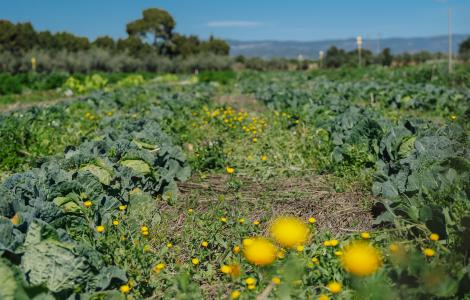Coronavirus confinement turns cities into ephemeral oasis for animals
What impact does the confinement of people have on wildlife? Recent observations of unusual animals coming to the cities have given rise to much speculation. Although there is no data to adequately estimate the impact of this confinement, previous studies allow scientists to anticipate some of its possible consequences.
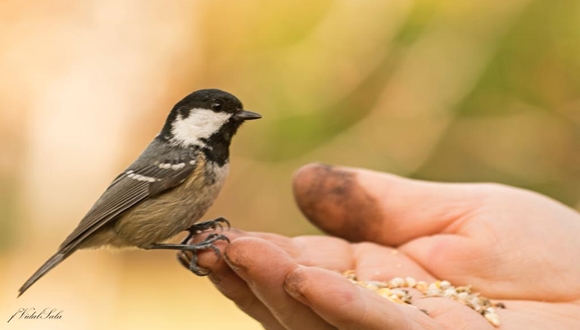
Daniel Sol, CSIC researcher at CREAF, together with CREAF researchers Oriol Lapiedra and Aina Garcia, consider that the confinement can drive changes in animal behaviour, which could even lead to an increase in biodiversity locally. However, they also highlight that these changes are likely to be ephemeral. In fact, according to CREAF's experts, most of these effects will probably disappear as soon as human activity returns to levels similar to those before the confinement started. For many animals, the coronavirus will only have been an ecological trap, that is a false perception that cities are appropriate places to live in when they are not.
Behavioural changes
A city empty of people can produce changes in behaviour. For example, it has long been known that some birds such as great tits sing at a higher frequency within cities than those living outside urban centres. This is thought to be a mechanism to prevent their song from being masked by the low frequency background noise of cities (mainly due to traffic noise). Therefore, with confinement we could expect some changes in bird song. However, this is unlikely to favour species that sing at low frequencies, as has been suggested, because currently there is no firm evidence showing that singing at low pitch prevents some birds from colonizing urban areas.
Less fear of humans
Another behaviour that can be altered in times of confinement is the fear of humans. With few exceptions, most animals are afraid of people and avoid the most densely populated areas. Many mammal species such as wolves, elephants or antelopes even have increased their nocturnal habits around the world to minimize human contact. Because confinement is likely to reduce human disturbances, some species may no longer see them as a danger. Habituation to humans that do not pose a threat has been documented in many animals, such as coyotes or elks, from protected areas where it is prohibited to disturb them.
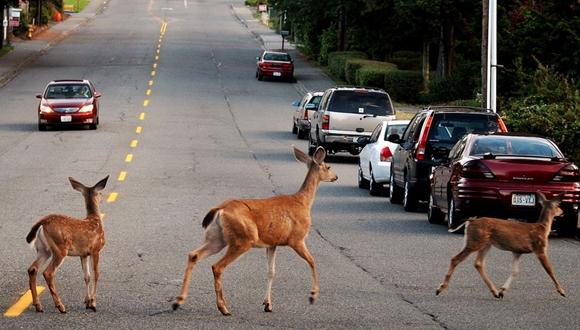
More biodiversity
Apart from behaviour, the reduction of human activity by coronavirus may also increase the diversity of animals in cities. Given that most animals are affraid of people and hence avoid living near to them, cities generally offer a lower diversity of animals compared with the surrounding natural vegetation. This tendency can change with confinement. The reduced human activity can encourage species with little tolerance towards human presence to colonize some cities. This may be particularly true for species with high dispersal abilities and more abundant outside the city. The recent observations of cougars in Chile or leopards in India may increase with the confinement, as some animals can quickly become habituated to humans when their perception of risk decreases.
Fewer rats and pigeons
In addition to their low diversity, a singularity of highly urbanized areas is that their fauna is dominated by a few super-abundant species, such as pigeons, gulls or rats. The proliferation of these species in cities is related to their ability to take advantage of the food related to human activities. Released from competitors and enemies, their numbers can grow to the point of being considered pests. These days, the decline in human activity can reduce the abundance of food and hence influence the abundance of these species that primarily rely on such resources.
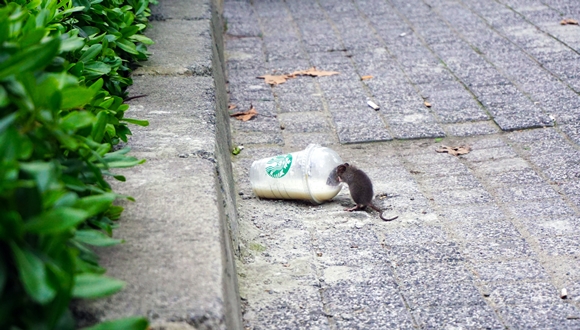
Ephemeral changes and ecological traps
Currently, we do not have enough information to estimate the actual impact of confinement on wildlife. This would require documentation of changes in individual behaviour and their effects on population dynamics before, during and after the confinement, and comparison with data from similar locations where no confinement has occurred. These data are difficult to obtain. But if the confinement actually caused such changes in behaviour and diversity, it is likely that they would disappear when human activity returns to pre-crisis levels. However, for many animals the period of confinement will have led them into an ecological trap. The concept of ecological trap refers to situations where a sudden change in the environmental conditions guide animals to interpret that a habitat is suitable for living or breeding when in fact it is not. For instance, mayflies lay their eggs on asphalt roads, confused because the polarised light reflected by the road is similar to that produced by a water surface where they usually reproduce. Confinement can create this sort of ecological traps because it exposes the animals to conditions far from what they will experience in the future, when people and cars return to the streets. If, for example, some birds take advantage of the low level of human disturbance to breed in areas where they previously did not, reproduction could fail once the activity returns to normality.
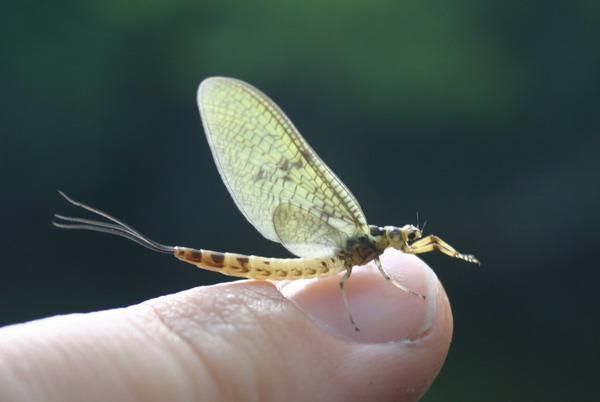
The real impact of containment
Over the past few decades, ecologists have learned a lot about the relationship between animals and people. This knowledge suggests that confinement can produce significant changes in wildlife. Although this possibility is not yet backed by sufficient evidence, the mere possibility that a short period of confinement can substantially alter animal behaviour and diversity should make us think about the extent to which we are creating cities that are little suitable for most animals.
Daniel Sol, Oriol Lapiedra and Aina Garcia.






